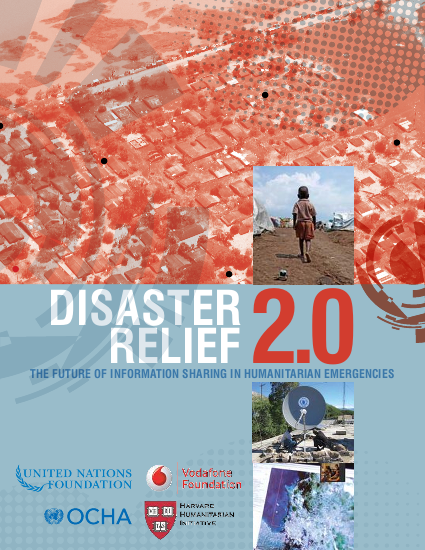
Excerpts from the Executive Summary:
The race to fill this information gap—to assess the damage and plan a response—is a dynamic familiar to seasoned responders to major sudden onset emergencies. After a large-scale disaster, there is always a massive effort to collect and analyze large volumes of data and distill from the chaos the critical information needed to target humanitarian aid most efficiently. But the response to the 2010 earthquake in Haiti was different.
This report recommends a five-part framework for addressing these challenges:
1. A neutral forum to surface areas of agreement and conflict between international humanitarian system and the V&TCs.
2. An innovation space where new tools and practices can be explored as experiments, allowing for the failures that are a necessary component of learning new ways of working.
3. A deployable field team with a mandate to deploy the best available tools and practices from the the field.
4. A research and training consortium to evaluate the work in the field and to train humanitarians and V&TCs alike in the best practices for information management in a humanitarian context.
5. A clear operational interface that outlines ways of collaborating before and during emergencies, with agreed procedures for communication, shared standards for data exchange and an understanding of roles, priorities and capabilities.
Resource collections
- Coordination
- Innovation
- UN Habitat - Urban Response Collection
- Urban Response - Urban Crisis Preparedness and Risk Reduction
- Urban Response Collection - Community Engagement and Social Cohesion
- Urban Response Collection - Economic Recovery
- Urban Response Collection - Environment and Climate Change
- Urban Response Collection - Housing, Land and Property
- Urban Response Collection - Urban Crisis Response, Recovery and Reconstruction
- Urban Response Collection - Urban Resilience